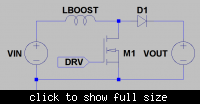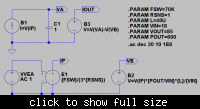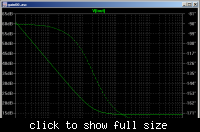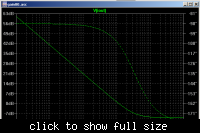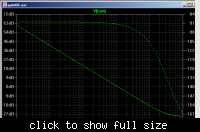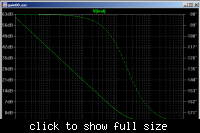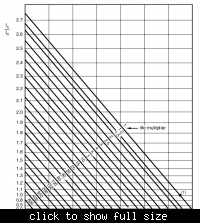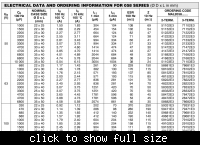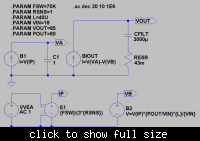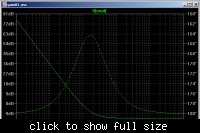cybercheater
Newbie level 6

- Joined
- Jan 9, 2010
- Messages
- 11
- Helped
- 0
- Reputation
- 0
- Reaction score
- 0
- Trophy points
- 1,281
- Location
- Malaysia, Kelate
- Activity points
- 1,357
Follow along with the video below to see how to install our site as a web app on your home screen.
Note: This feature may not be available in some browsers.



That's a pretty bizarre compensation network...
